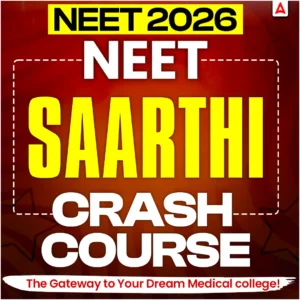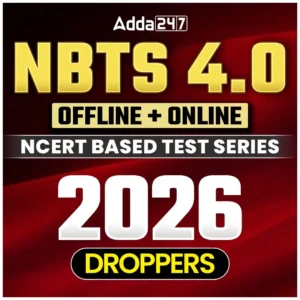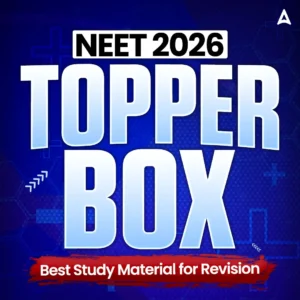The UP Board Class 12 Civics Syllabus 2025-26 provides students with a thorough understanding of the political system, institutions, and ideologies at the national and international levels. The UPMSP Civics Syllabus class 12th is divided into two parts.
Part A: Contemporary World Politics (50 Marks).
Part B: Politics in Independent India (50 marks).
Both portions include a variety of topics to assist students in gaining a solid understanding of key political concepts, global events, and India’s political system (Now and Then). The politics in India is separated into two major portions – Current World Politics and Politics in Independent India. Learn the complete syllabus to get a clearer idea.
UP Board Class 12 Civics Syllabus 2025-26
Knowing the UP Board Class 12 Civics Syllabus 2025 and marking scheme in advance allows students to arrange their study time properly and focus on topics according to their weightage. Completing the UP Board Civics Syllabus class 12th also boosts confidence during exams since students understand how their responses will be judged.
UPMSP Class 12th Civics Syllabus 2025 Overview
Here’s an overview of the cahpters of both parts –
| Geography Syllabus Part A: Contemporary World Politics | ||
| Unit | Chapter Name | Marks |
| Unit I | End of Bipolarity | 20 |
| Centres of Power | ||
|
Contemporary South Asia
|
||
| Unit II | United Nations and its Organisations | 15 |
|
Security in Contemporary World
|
||
| Unit III | Environment and Natural Resources | 15 |
| Globalisation | ||
| Total for Section A | 50 | |
| Geography Syllabus Part B: Politics in Independent India | ||
| Unit IV | Challenges of Nation-Building | 16 |
|
Era of One-Party Dominance
|
||
|
Politics of Planned Development
|
||
| Unit V | India’s External Relations | 18 |
|
Challenges to the Congress System and Restoration
|
||
|
Structure of Democratic Politics
|
||
| Unit VI | Regional Aspirations | 16 |
|
Recent Developments in Indian Politics
|
||
| Total for Section B | 50 | |
| Grand Total (Section A + B) | 100 | |
UP Board Class 12 Civics Paper Pattern
Here’s the UP Board Class 12 Civics Syllabus 2025-26 Marking Scheme:
| Question Type | No. of Questions | Marks Each | Total Marks |
| Multiple Choice/Objective | 10 | 1 | 10 |
| Very Short Answer | 10 | 2 | 20 |
| Short Answer | 6 | 4 | 24 |
| Long Answer | 4 | 8 | 32 |
| Essay Type | 2 | 8 | 16 |
| Total | 32 | 100 |
The UP Board Class 12 Civics question paper 2025-26 design comprises several question types such as very short response (1 mark), short answer (2-4 marks), lengthy answer (5-6 marks), and descriptive essays (8 marks).
UP Board Civics Syllabus Class 12 2025 (Detailed)
Every student must find the UP Board Class 12 Civics Syllabus 2025 and organize their academic strategy accordingly. Students must comprehend the complete syllabus before they can prepare for the board exams below.
| Section ‘A’ : Contemporary World Politics | |
| Unit-I |
Chapter 1: The end of bipolarity: New powers in world politics: Russia, Balkan states, Central Asian states; the advent of democratic politics and capitalism in post-communist regimes. India’s relations with Russia and post-communist states.
|
|
Chapter 2: Contemporary centres of power: Rise of China as an economic power in the post-Mao era; Creation and expansion of the European Union. India’s changing relations with ASEAN, China.
|
|
|
Chapter 3: Contemporary South Asia (in the post Cold War era): Democratisation of Pakistan and Nepal. Ethnic conflict in Sri Lanka; Impact of economic globalisation on the region. Conflict and efforts for peace in South Asia. India’s relations with its neighbours.
|
|
| Unit-II |
Chapter 1: International Organisation: Restructuring and future of the United Nations. India’s position in the restructured United Nations. Rise of new international actors; new international economic organisations, non-governmental organisations.
|
|
Chapter 2: Security in the Contemporary World: Traditional conceptions of security; Politics of disarmament. Non-traditional or human security; global poverty, health and education. Human rights and migration issues.
|
|
| Unit-III |
Chapter 1: Environment and natural resources: Environmental movement and evaluation of global environmental standards. Geopolitics of resources (conflicts over traditional and other resources) Rights of indigenous peoples. India’s position in global environmental thought.
|
|
Chapter 2: Globalisation- Economic, Cultural and Political Manifesto. Anti-Globalisation Movement. India as an arena for globalisation and the struggle against it.
|
|
| Section ‘B’ Politics in Independent India | |
| Unit-IV |
Chapter 1: Challenges of nation building: Nehru’s vision of nation building: The legacy of Partition: The challenge of rehabilitation of refugees, The problem of Kashmir, The formation and reorganisation of states: Political struggle over language.
|
|
Chapter 2: Period of one-party dominance: First three general elections: Nature of Congress dominance at the national level: Uneven dominance at the state level, coalitional nature of Congress. Major opposition parties.
|
|
|
Chapter 3: The politics of planned development: Five Year Plans, Expansion of State Sector and Emergence of New Economic Interests, Reasons for Shortcomings and Delays of Five Year Plans.
|
|
| Unit V |
Chapter 1: Indian foreign time: Nehru’s Foreign Policy: Indo-Bean War 1962; Indo-Pak War 1966 and 1971; India’s Nuclear Program: Changing World Politics relationship
|
|
Chapter 2: The Congress System: Challenges and Restoration: Post Nehru political pattern, non-Congressism and the electoral deviation of 1967: (Reversal) Split and reorganisation of Congress: Congress victory in 1971 elections.
|
|
|
Chapter 3: Crisis of the democratic system: Navnirman Movement of Gujarat and Bihar Movement, Conflict with Judiciary, Emergency Case (Context): Constitutional and Extra-Constitutional Dimensions (Aspects): Opposition to Emergency. Elections of 1977 and Rise of Janata Party (Origin).
|
|
| Unit VI |
Chapter 1: Regional aspirations: Rise of regional parties: Punjab crisis and anti-Sikh riots of 1984. Situation in Kashmir, challenges and responses in the North East.
|
|
Chapter 2: Indian Politics: New Changes: Wave of participation in 1990. Rise of Janata Dal and Bharatiya Janata Party, increased role of regional parties and coalition politics: National Democratic Alliance (NDA) (1998-2004), United Progressive Alliance (UPA) (2004-2014), National Democratic Alliance (NDA) (2014 till date). Implementation of Mandal Commission report, communalism, secularism and democracy.
|
|
UP Board Class 12 Civics Syllabus 2025-26 PDF
Download the UP Board Class 12 Civics Syllabus 2025-26 PDF and ensure that you have the entire syllabus available for rapid reference at any time. Here’s the official Class 12 Hindi Civics curriculum PDF. The curriculum teaches students how to cover specific topics, split their study time, and prepare in accordance with the marking structure.
| Official Civics Class 12th Syllabus | |
| Civics Syllabus for UP Board Class 12 Board Exam 2026 | Click Here |

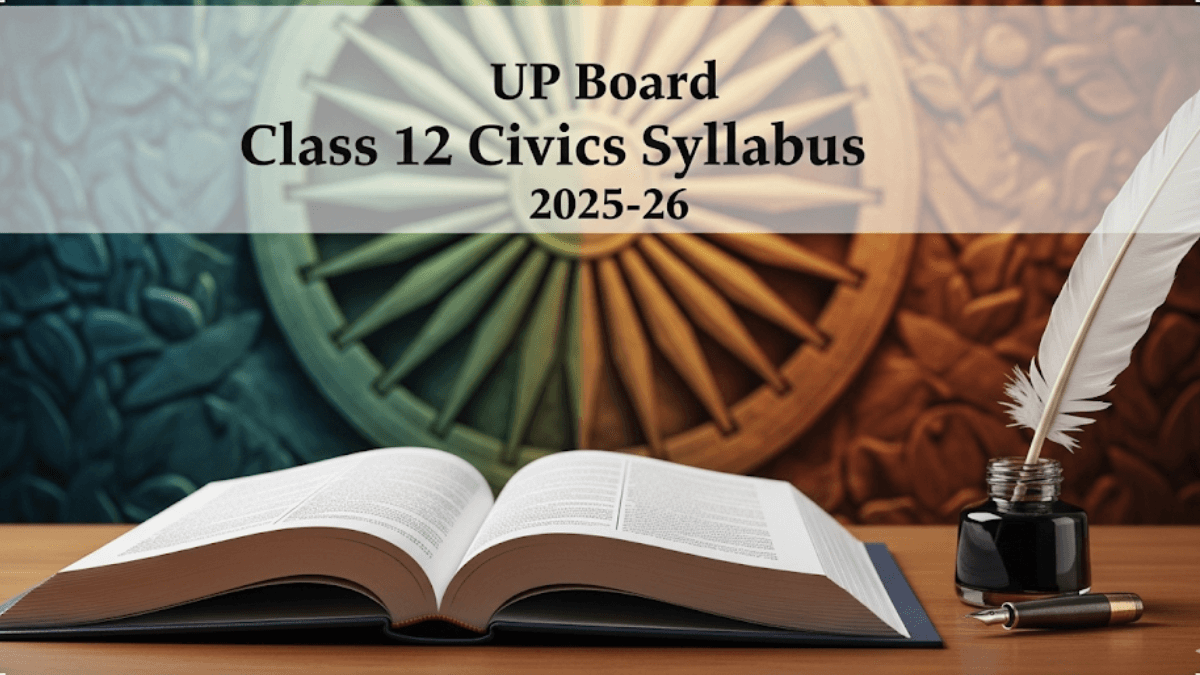








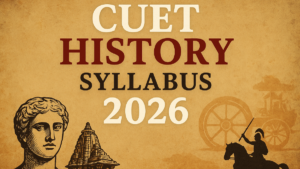 CUET History Syllabus 2026 (Updated), Do...
CUET History Syllabus 2026 (Updated), Do...
 CUET General Test Syllabus 2026 (Latest)...
CUET General Test Syllabus 2026 (Latest)...
 CUET Economics Syllabus 2026, Exam Patte...
CUET Economics Syllabus 2026, Exam Patte...
